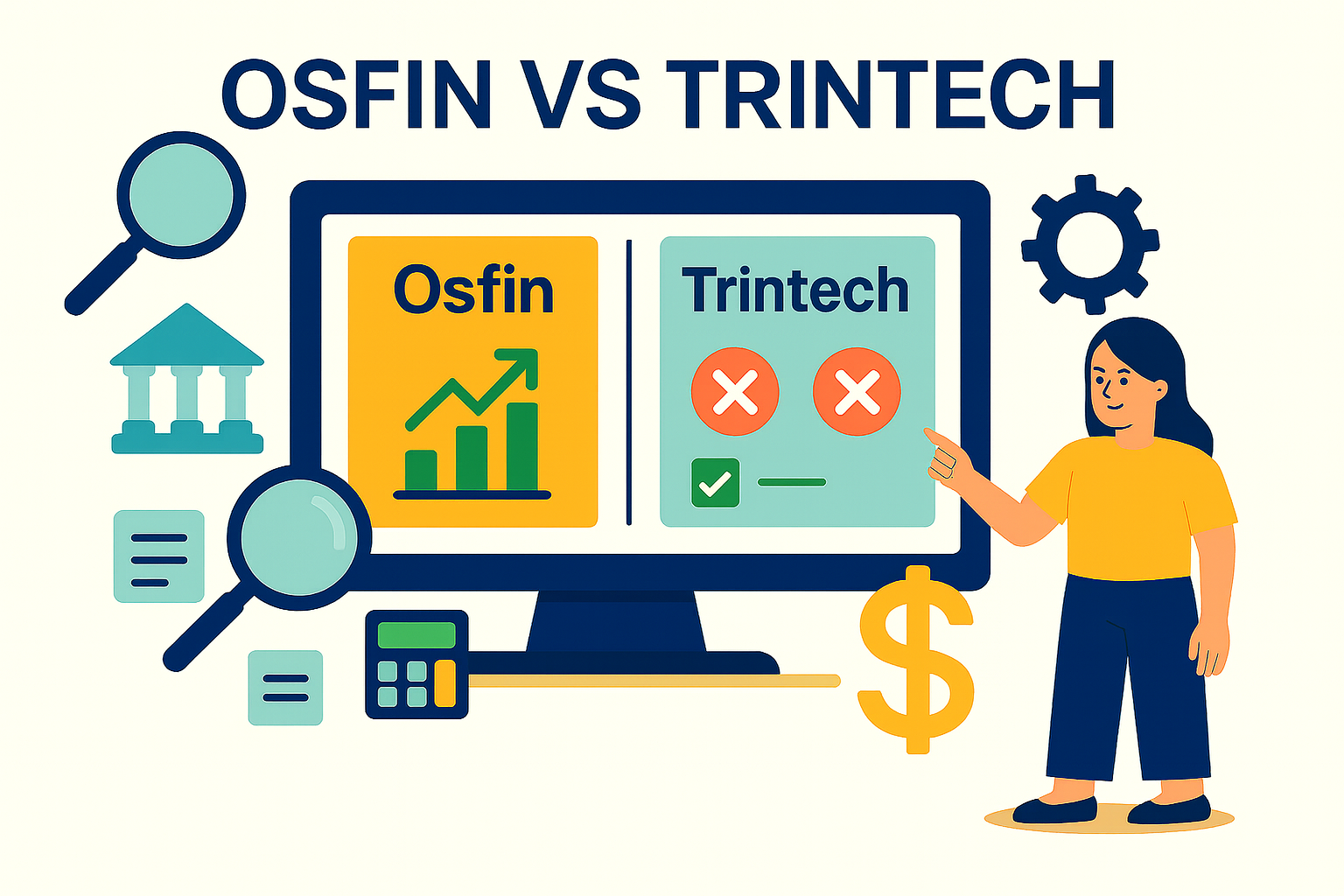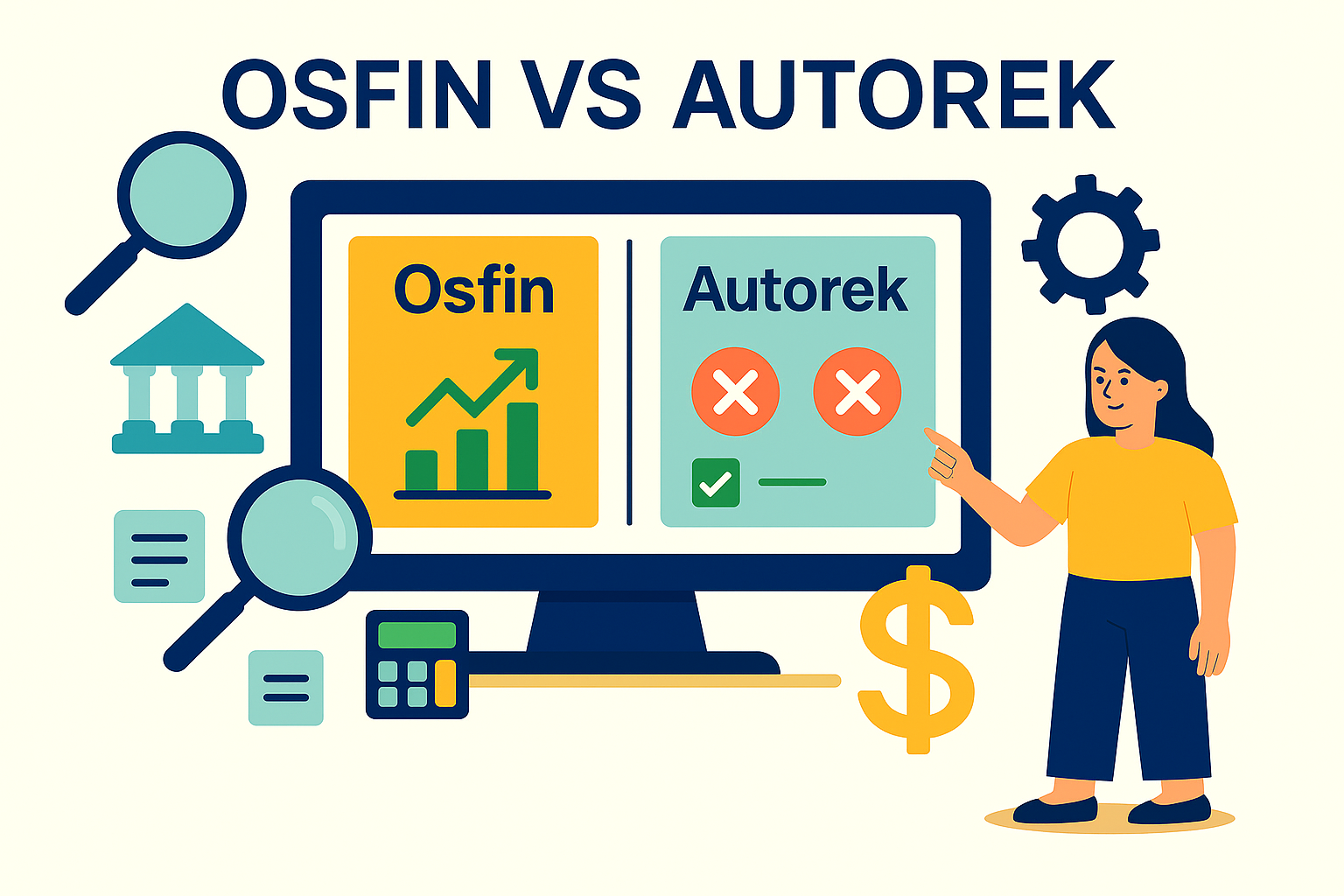Streamlining Financial Reconciliation: The Power of Automation
Traditional financial reconciliation methods present challenges such as time-consuming manual processes, errors and limited scalability. Automation technologies have emerged as game-changers, offering unprecedented speed, accuracy and efficiency.
As per a report published in Dun & Bradstreet, 73% of surveyed finance leaders believe automation is improving their function’s efficiency and giving staff more time for value-added tasks.
In this blog, we’ll talk about the benefits of automation in financial reconciliation, from reducing errors and improving speed to enhancing visibility and scalability.
Challenges of Traditional Financial Reconciliation
Before delving into the benefits of automation, let’s understand the challenges associated with traditional financial reconciliation methods. In manual processes, finance teams often spend significant time matching and verifying data from various sources, such as bank statements, invoices and internal records. This manual effort not only consumes valuable resources but also leaves room for errors and inconsistencies.
Manual financial reconciliation processes need more scalability and agility. As businesses grow and transaction volumes increase, the complexity of reconciliation multiplies. Manually handling these large datasets becomes a daunting task, leading to delays in closing financial periods and a prolonged financial close process.
Types of Financial Reconciliation
Financial reconciliation encompasses various types, each addressing specific aspects of financial operations. Let's explore some of them below:
Bank Reconciliation
This type of reconciliation involves comparing an organization's bank statements with its internal records. It ensures that all transactions recorded by the organization match the transactions processed by the bank, thereby identifying any discrepancies or errors.
Intercompany Reconciliation
Intercompany reconciliation focuses on reconciling financial transactions between entities or subsidiaries within the same organization. It ensures that balances and transactions between these entities are accurately recorded and eliminates inconsistencies or errors.
Vendor Reconciliation
Vendor reconciliation involves reconciling accounts payable records with vendor statements. It verifies that all invoices received from vendors match the amounts owed and ensures timely payment.
Customer Reconciliation
Customer reconciliation compares accounts receivable records with customer statements or payments received. It ensures customer invoices are accurately recorded and outstanding balances are properly maintained.
General Ledger Reconciliation
General ledger reconciliation involves comparing and reconciling various accounts within the organization's general ledger. It ensures that all transactions are accurately recorded and account balances are synced.
Each type of financial reconciliation plays a vital role in maintaining accurate financial records and ensuring the integrity of financial data. Automation technologies can streamline these reconciliation processes, reducing errors and providing real-time visibility into discrepancies.
Rise of Automation in Financial Reconciliation
With the introduction of automation technologies, organizations can now streamline their financial reconciliation processes.
Automation tools leverage advanced algorithms and machine learning to perform data matching, verification and reconciliation tasks with unprecedented speed and accuracy. These tools can integrate with various financial systems, including ERPs and banking platforms, to retrieve and reconcile data in real time.
By automating routine and repetitive tasks, finance professionals can redirect their focus to more strategic activities, such as analyzing financial trends, identifying cost-saving opportunities and providing insights for informed decision-making. The financial reconciliation process becomes not just a means of ensuring accuracy but also a valuable tool for driving business growth.
Benefits of Automation in Financial Reconciliation
Automation brings numerous benefits to financial reconciliation processes. Let’s discuss some of them one by one.
Reduces Risk of Human Error
With automated data matching and verification algorithms, the likelihood of inaccuracies and omissions decreases, enhancing the overall reliability of financial records. By minimizing errors, organizations can ensure compliance with regulatory requirements and build trust with stakeholders.
Faster Reconciliation Cycles
Moreover, automation enables faster reconciliation cycles. Instead of spending days or weeks on manual reconciliations, finance teams can complete the process within hours, allowing for quicker financial close periods and improved decision-making. The speed of automation is particularly beneficial in high-volume industries, where large amounts of transactions occur daily.
Enhanced Transparency
Additionally, automation tools provide enhanced visibility into the reconciliation process. Real-time dashboards and reporting capabilities allow finance teams to monitor progress, identify bottlenecks and address issues promptly. This increased transparency fosters collaboration and accountability within the organization, facilitating better communication between finance and other departments.
Automation Improves Scalability
As businesses expand, automation tools can effortlessly handle larger volumes of data, ensuring that financial reconciliation processes remain efficient and effective. This scalability is particularly crucial during rapid growth or mergers & acquisitions.
Identify and Resolve Discrepancies
Automation also enables organizations to identify and resolve discrepancies proactively. By setting up intelligent alerts and exception management systems, finance teams can receive notifications for potential errors or inconsistencies in real time. This proactive approach helps prevent financial discrepancies from escalating, saving time and resources.
Conclusion
Financial reconciliation is a critical process that requires accuracy, efficiency and agility. Automation technologies have revolutionized this realm, empowering finance teams with faster, more accurate and scalable solutions.
By leveraging automation tools, organizations can streamline their financial reconciliation processes, reduce errors, enhance visibility and focus on strategic analysis. Embracing automation in financial reconciliation is not just a matter of operational efficiency but a strategic decision that enables organizations to unlock their full financial potential.
The power of automation is reshaping the finance function, paving the way for improved financial control, compliance and decision-making in the digital age.
It is here that Osfin can be of immense utility to firms, with its prime focus on automating financial reconciliation processes. As it reconciles about a million transactions in a matter of few minutes, Osfin.ai is a platform to look out for, to solve all the issues arising out of manual reconciliation.


